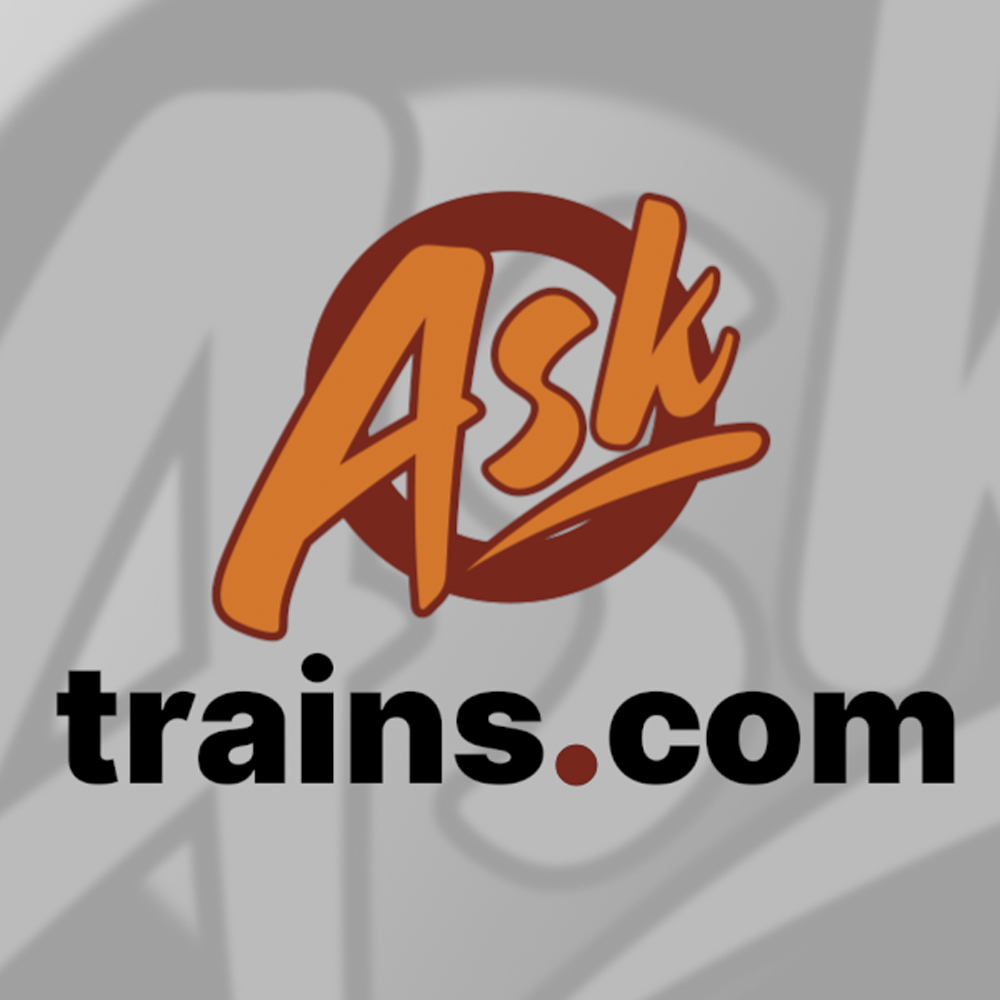– Richard Panarese, Mesa, Ariz.
A Railroads determine power needed for a train based on the route, and the train’s weight and priority. BNSF, for instance, considers the “horsepower per ton” required based on what officials call the train’s “transportation service plan.” The transportation service plan is based on its route and priority, as determined by customer service requirements for that type of train. Therefore, the amount or types of locomotives assigned to each train are based on the horsepower per ton required to fulfill its service plan.
Power assignments may also take into account unusual conditions such as weather, helper districts, and distributed power. According to BNSF officials, coal, grain, or unit trains receive the minimum horsepower per ton needed to crest the ruling grade over its route; intermodal or high-priority freights receive the power required to maintain maximum track speed where customer service dictates; and other BNSF merchandise trains receive enough motive power to cover the horsepower per ton based on average tonnage for that particular train over a recent period, i.e. the past 30 to 45 days.
– Eric Powell, freelance writer and Trains contributor
Q The standard railroad crossing whistle signal is two long, one short, and one long. Is this signal pattern also conventional in Europe? Is there any significance to or correlation with the Morse Code letter “Q” (dash, dash, dot, dash)?
– Roger Lambert, Vallejo, Calif.
A Originally the grade crossing signal in the U.S. was two longs and two shorts. Railroads adopted the present signal in the late 1930s to early ’40s to provide additional warning as train speeds increased. Most grade crossings in Europe have barriers or gates to keep the tracks clear when a train approaches, and do not require horns to sound. In England, engineers approaching an unprotected grade crossing between 7 a.m. and 11 p.m. must sound the lower tone in their two-tone horn once (there is no specific pattern). Outside these hours, they must sound the two-tone horn only in case of emergency or if track personnel are nearby. There is no correlation between the Morse Code letter “Q” and the U.S. grade crossing whistle signal.
– Ray Weart, Canadian National locomotive engineer, and Tim Howlett, Direct Rail Services locomotive engineer in England
Q How did the 85-foot standard length come about for lightweight passenger railcars, and when was it adopted? I know that some of the early streamliners had cars shorter than 85 feet, and that several Chicago, Burlington & Quincy Zephyrs had a mix of cars that were both shorter and longer than 85 feet.
– Thomas McCann, Gresham, Ore.
A Railroads never have adopted a set of standard dimensions for passenger cars. Operating conditions varied from one road to another, and each railroad specified cars that met its particular needs. Today, as in the past, track geometry (swing out clearance) generally limits the practical length of a single unit, two-trucked passenger railcar to 85 feet, making it the de facto standard. While some light rail vehicles are more than 90 feet long, they are articulated and can pivot on a third truck in the middle of the car, enabling them to better negotiate curves and turnouts.
Before 1910, cars were constructed entirely of wood, or wood with a steel underframe. Wood construction limited a car’s length to 70-80 feet, although most were 50-60 feet long. All-steel construction brought 85-foot cars with six-wheel trucks, the familiar Pullman battleships of the 1920s. Railroads turned to lightweight trains in the 1930s and briefly experimented with articulated cars of varying lengths, but abandoned the concept because it was difficult to adjust the size of a consist to match demand, or set out a car for maintenance. A single bad order car could take an entire train out of service.
– John Diers, railroad and streetcar historian
Q In passenger transportation, what is load factor and how is it calculated?
– Robbie Latta, Edina, Minn.
A Load factor is a productivity measure that compares the number of seats that are occupied by revenue passengers with the number of seats that are available. For example, if a 10-car commuter train has 1,000 seats, and revenue passengers occupy 900 of them, then the load factor is 90 percent. The higher the load factor, the more productive and cost-effective the service. The airlines and Amtrak strive for 100 percent: one passenger for one seat. Transit authorities are willing to accept (and even encourage) load factors exceeding 100 percent at rush hours to more efficiently use rolling stock, which otherwise sits idle during off-peak periods.
– John Diers











